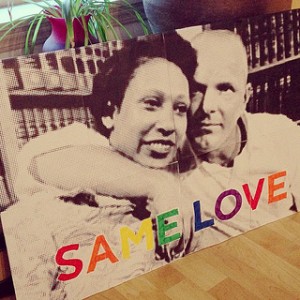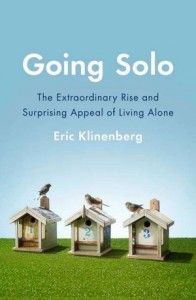
Last week, the Supreme Court began hearing arguments regarding California’s Proposition 8, a ballot initiative that became a constitutional amendment legally defining marriage as an institution solely for the benefit of one man and one woman. On March 26, Justice Anthony Kennedy suggested the Court might simply dismiss the case, Hollingsworth v. Perry, without a ruling, so as not to dive into “uncharted waters,” particularly when the Court is considering another, related case.
Minnesota Public Radio invited Kathleen Hull, a sociologist at the University of Minnesota, to discuss the Court’s apparent willingness to side-step the case. She cited the results of a new PEW study showing that the younger generation was about 75% in favor of legalizing same sex marriage. She confessed:
Increasingly I find it difficult to engage the 18-22 year-olds on the same-sex issue. They are bored by it… They don’t know what there is to talk about.
Hull told MPR that California’s law not only lags behind public attitudes, but also behind the business and entertainment worlds. She also refutes claims that there isn’t enough data to rule on the subject if it’s considered through the lens of child-rearing:
I was a little stunned when one of the justices said something to the effect of “yeah, we don’t have any information on this.” […] We have decades of research now on the effects of same-sex parenting on children and it is all kind of in the same direction: That there is no difference from being raised by heterosexuals.
In fact, there is such a great deal of research in this area that the American Sociological Association went on to file an amicus curiae (that is, a “Friend of the Court”) brief outlining the social scientific consensus around the quality of parenting across different family forms. Interestingly, Justice Scalia then went on the record stating that there is no such consensus; he appears to have taken his cue from another amicus brief coauthored by Mark Regenerus, who has stirred up controversy with his own findings that children of homosexual parents do not fare as well as those raised by heterosexual couples. Clearly, this fight isn’t over.






